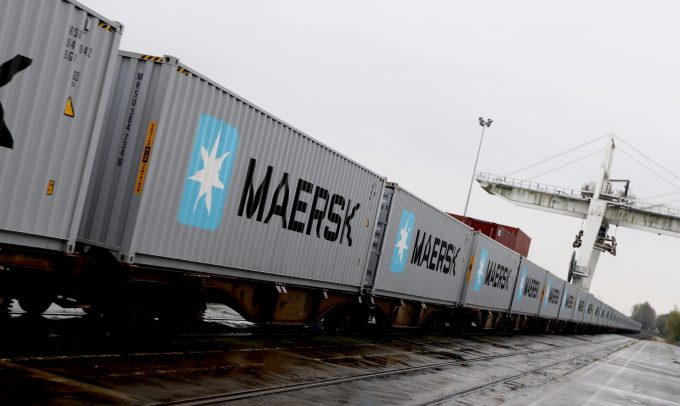Purchase of Panama railway 'a significant opportunity' for ambitious APMT
Maersk’s port arm, APM Terminals, has bought the Panama Canal Railway Company (PCRC), which runs ...

Maersk said yesterday it would ’sidestep’ the Panama Canal and use freight rail to get cargo across Panama.
Its Oceania-Americas (OC1) service usually goes through the Panama Canal, unloading cargo for South America at the ports at Cristobal and Cartagena, before heading to the US east coast gateways of Philadelphia and Charleston.
The canal saw throughput of 10.9m in 2022, but with its water levels in the doldrums, thanks to the El Nino phenomenon, draught restrictions ...
Trump tariffs see hundreds of cancelled container bookings a day from Asia
'Disastrous' DSV-Schenker merger would 'disrupt European haulage market'
'To ship or not to ship', the question for US importers amid tariff uncertainty
'Chaos after chaos' coming from de minimis changes and more tariffs
List of blanked transpac sailings grows as trade war heats up and demand cools
EC approves DSV takeover of DB Schenker
Forto 'sharpens commercial priorities' as it lays off one-third of staff
Shippers in Asia restart ocean shipment bookings – but not from China
India withdraws access for Bangladesh transhipments, in 'very harmful' decision
'Tariff hell' leaves industries in limbo – 'not a great environment to plan'
IndiGo fleet expansion plan will include a major push to boost cargo volumes
Pre-tariff rush of goods from US to China sees air rates soar, but not for long
De minimis-induced ecommerce demand slump could cripple freighter operators
'Restoring America's maritime dominance' – stop laughing at the back of the class
Hapag 'took the bigger risk' when it signed up to Gemini, says Maersk
Navigating tariffs: 'like trying to solve a Rubik's cube while colour-blind'

Comment on this article